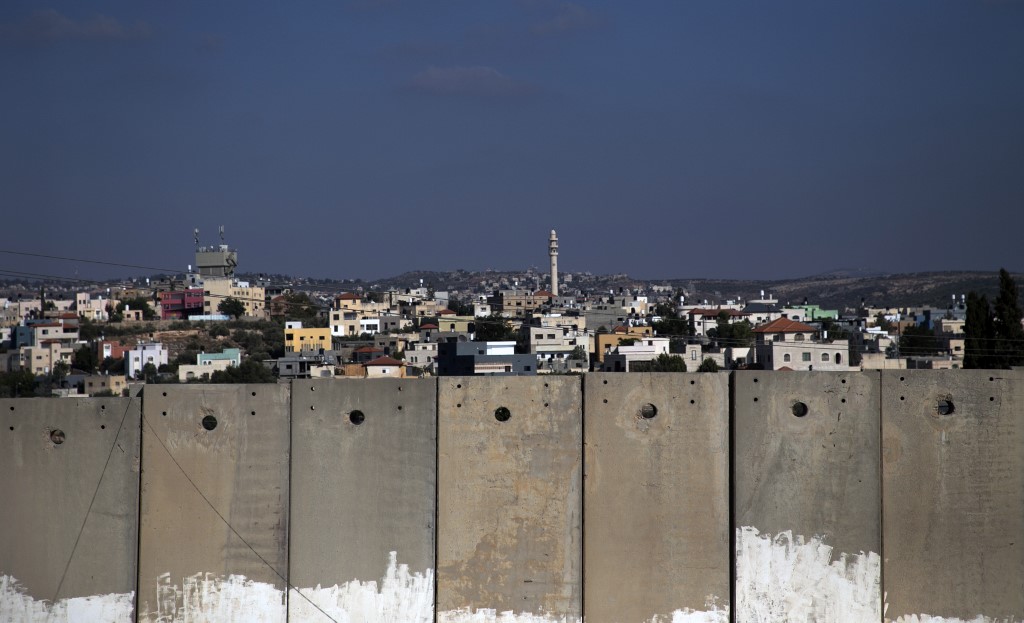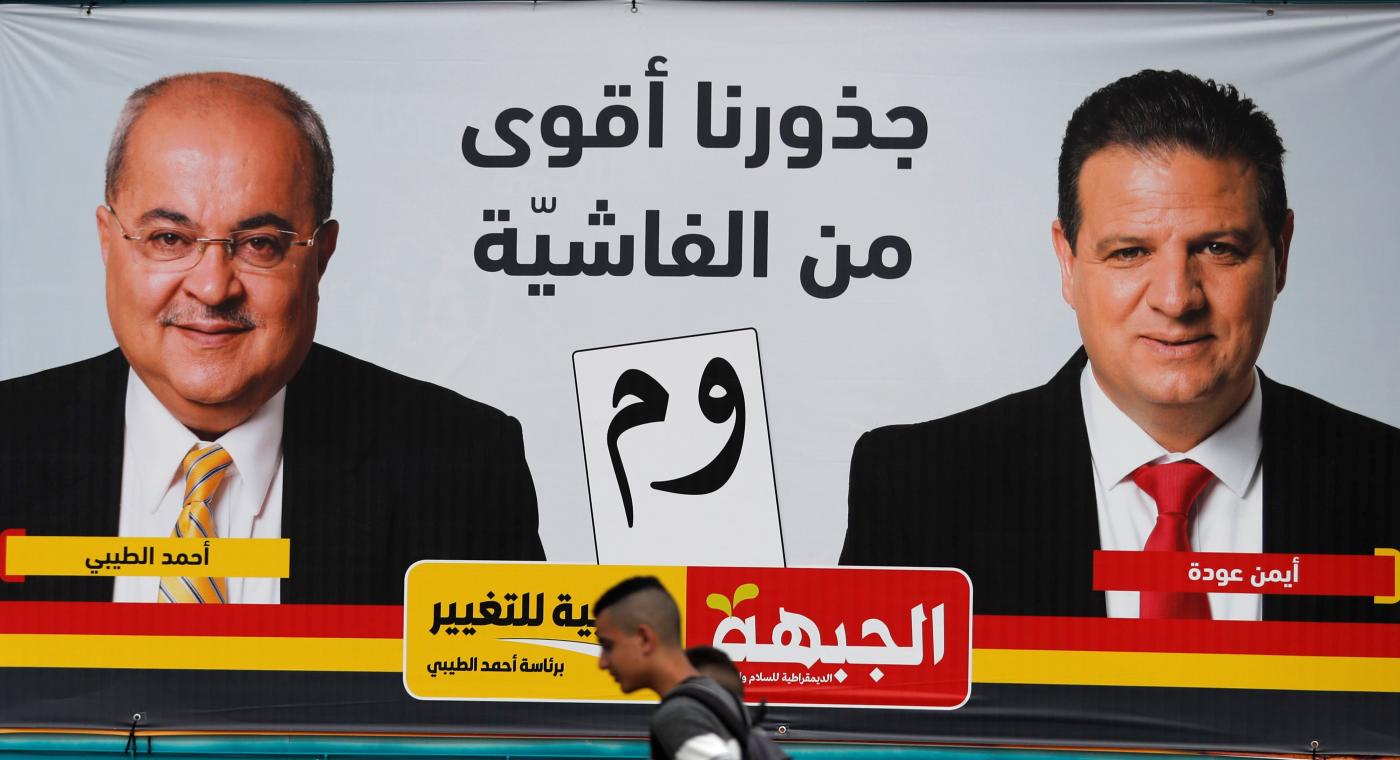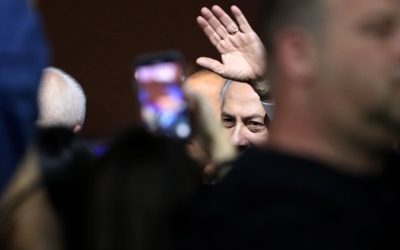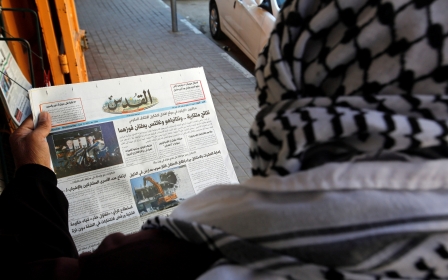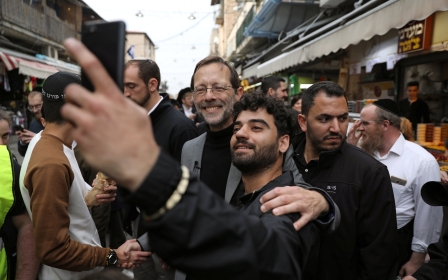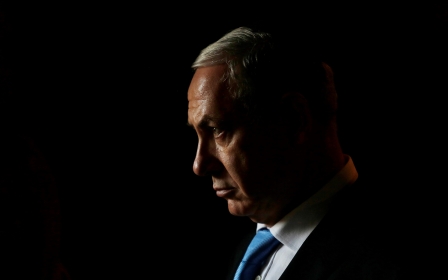Is the Israeli left doomed to marginalisation?
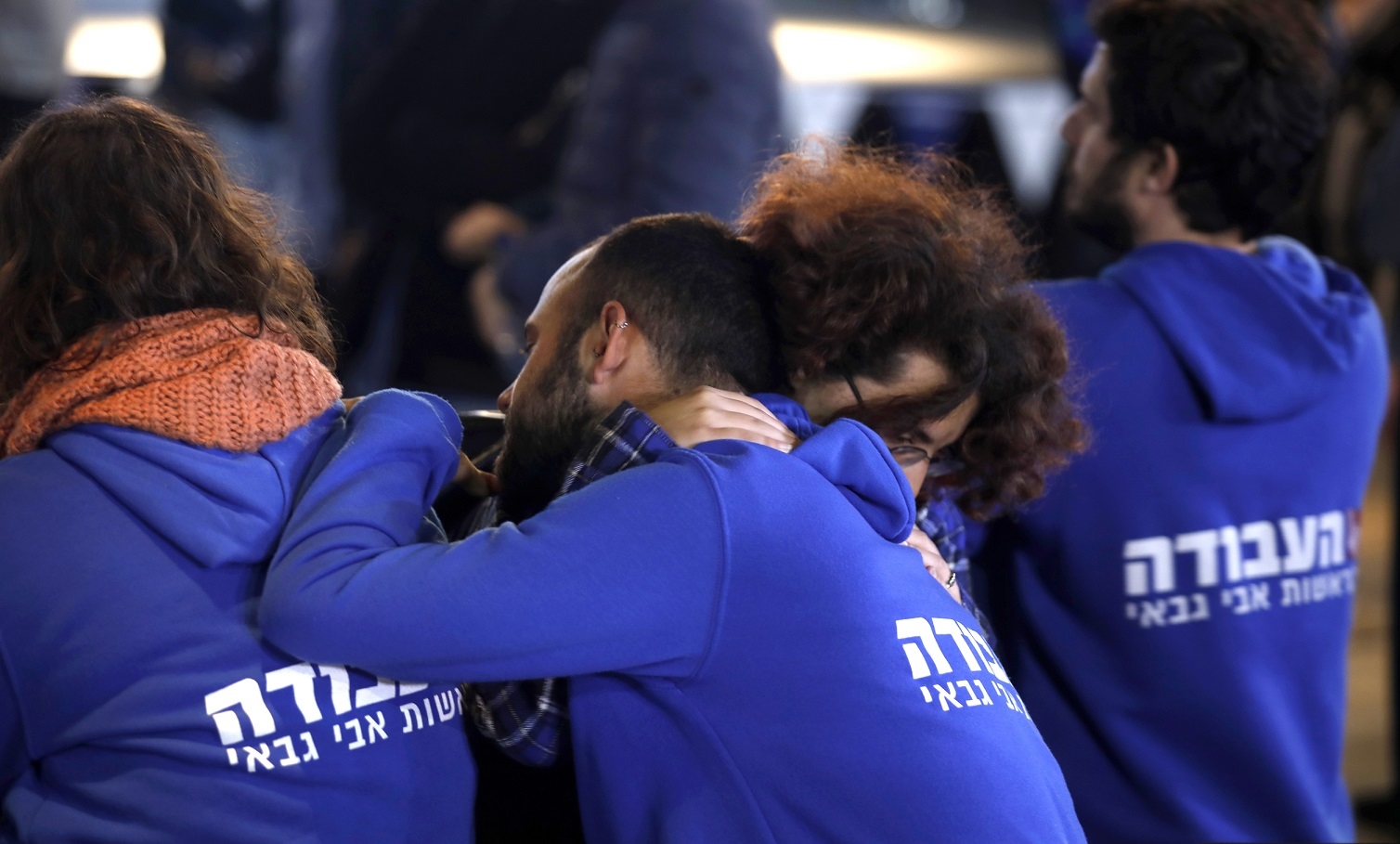
For the first time in Israel’s history, the main two formations of the Zionist left - the Labor party and Meretz - scored similarly to the “non-Zionist” left in the last legislative elections, with 10 seats each.
Last summer’s mobilisation against Israeli Prime Minister Benjamin Netanyahu and his government’s nation-state law, which excludes non-Jews from the official definition of the country, did not benefit the Zionist left.
In this year’s elections, Labor and Meretz seemed incapable of proposing an alternative, stimulating political programme.
Alignment with the nationalist right
In contrast with Likud leaders, who explicitly evoke the annexation of the West Bank, the Zionist left remains inaudible. This can be explained in part by the alignment of the Labor party with the nationalist right on the Palestinian question: In February 2017, its leaders detailed a 10-point plan to be implemented over a decade, during which negotiations would be conducted towards the creation of two neighbouring states.
New MEE newsletter: Jerusalem Dispatch
Sign up to get the latest insights and analysis on Israel-Palestine, alongside Turkey Unpacked and other MEE newsletters
In contrast with Likud leaders, who explicitly evoke the annexation of the West Bank, the Zionist left remains inaudible
To achieve that objective, the plan noted, “Israel will continue to separate from the Palestinians by completing the wall that will protect Jerusalem and the settlement blocs”, while construction would be suspended outside the settlements - meaning it would continue around Jerusalem and Bethlehem. On Palestinian sovereignty, the Israeli army “will continue acting throughout the West Bank up to the Jordan River, and around the Gaza Strip”.
It is thus no surprise that on 27 May 2017, in front of 15,000 people gathered in Tel Aviv to support the two-state solution and dialogue with the Palestinians, Labor leader Isaac Herzog was booed - in glaring contrast to Palestinian President Mahmoud Abbas, whose text was read aloud to an attentive crowd.
Four things can explain the collapse of the Zionist left. Firstly, Labor activists do not understand Palestinians’ realities. They are not aware of what living under “embargo” or “military blockade” means. Israeli journalists reporting from the occupied territories are accused of pandering to the Palestinian side.
Decline of the Zionist left
NGOs such as B’Tselem, Breaking the Silence and Yesh Din regularly throw a spotlight on the details of the occupation, revealing all the blind spots that Israeli society refuses to see. Yet, in addition to being isolated by a government that considerably restricts their activities by presenting them as traitors to their country, they enjoy no real support from the Zionist left.
By cutting off a segment of the political field that used to constitute the camp of peace, the Zionist left is depriving itself of one of its electoral bases, and of dynamics that could offer an alternative to Netanyahu’s extreme security propaganda.
Secondly, if Meretz or Labor activists know little about the daily lives of Palestinians, they do not seem more familiar with the situation of Israeli citizens living on the outskirts of major urban centres. Their ideas are perceived as being typical of the Tel Aviv or Haifa privileged classes.
Thirdly, the Zionist left has lost the essence of what enabled it to control the state and its institutions. In the past, the kibbutzim used to give activists a political education, which, along with military service, were the two main pillars of the labour movement. Those political and military cadres constituted the country’s elite. But today, if there are still about 250 kibbutzim, they have mostly become privatised places that attract young couples with children in search of a healthier environment.
The fourth and last reason for the decline of the Zionist left can be found in its sociological composition. Although Ashkenazi Jews comprise only a third of Israel’s population, they continue to define the main leftist trends and movements.
The 2017 election of Avi Gabbay, a politician from a Moroccan family, as Labor leader was telling: this was the same man who claimed that Israeli settlements represented “the beautiful and devoted face of Zionism”, and that the problems of the left were due to the fact that its members had forgotten what it means to be a Jew.
A new form of resistance
With regards to the non-Zionist left - the one that fights for Palestinian rights and an egalitarian Israeli society - the divisions were palpable during the last election. Between 2015 and 2019, that political movement represented the third-largest political force in the Knesset, with 13 MKs. Now, it lacks the capacity to influence the country’s decisions.
The forces gathered around the communist leader Ayman Odeh could forge alliances with Zionist parties to try to stop Netanyahu and the far-right, or to jump-start negotiations between Israel and the Palestinians. For the other branch of the non-Zionist left, represented by the Arab nationalist party Balad, anti-Zionism remains a necessary condition for any alliance.
Some of these MKs are questioning the usefulness of maintaining an Arab presence in the Knesset, as Israeli propagandists regularly cite Palestinian parliamentarians as evidence against the accusation that Israel is practicing apartheid.
This scepticism about the relevance of participating in the Israeli parliamentary game is accompanied by calls to boycott elections, a position justified by the refusal to legitimise Zionist institutions. While the radical Israeli left has always issued such calls, they became louder during the 2013 and 2015 elections. Their intensity greatly increased with the nation-state law, which leftist activists see as irrefutable proof that Israel is indeed an apartheid regime.
In addition to boycotting elections, these activists from the radical left have issued messages advocating new types of political action. In a call published by the alternative Israeli media outlet +972, activists Renad Uri and Omri Evron said that “dialogue groups” must be replaced by “co-resistance”.
Searching for leadership
Following the same logic, but stopping short of calling to boycott elections, one of the most active groups organising against the nation-state law has been the Jewish-Arab Standing Together.
Last July, with the support of about 20 associations, the group organised a demonstration of tens of thousands of people in central Tel Aviv, using the slogan: “This country is a home for us all.” That “us” was further specified as meaning “Arabs and Jews, women and men, Mizrahim, Ethiopians, people from the former USSR and members of the LGBT community”.
Members of Standing Together insist on the need for intersectionality, connecting the various struggles ongoing in Israel
Members of Standing Together insist on the need for intersectionality, connecting the various struggles ongoing in Israel. The social fight must be waged in connection with the racial struggle, because separating them will inevitably lead to failure.
Since launching in 2015, the movement’s hundreds of activists have appeared side-by-side with Jewish salaried workers on strike, Palestinians facing discrimination inside Israel, and West Bank Palestinians fighting against the occupation.
Standing Together positions itself between two past failures. The 2011 social movement refused to evoke the Palestinian question and was thus defeated by Netanyahu’s national security propaganda, while groups such as Peace Now, by focusing exclusively on the two-state solution, neglect the numerous other social problems that plague the country.
The path to survival
A quarter of Israelis live below the poverty line, including 38.9 percent of Palestinians in Israel, compared with 13.8 percent in 1995.
Israel’s political divisions are thus no longer between progressives and conservatives, or between those in favour of Israeli-Palestinian dialogue and right-wing nationalists. Rather, the new divisions pit secularists against the religious right, and democrats against illiberal nationalists. The strategic attempt to reorient Labor’s Zionist discourse towards more nationalist positions has failed to reduce Likud’s domination over national institutions.
If they want to survive, Israel’s leftist forces must adopt another strategy - but it might already be too late, given how deeply and extensively the conservative culture seems to have permeated Israeli Jewish society.
The views expressed in this article belong to the author and do not necessarily reflect the editorial policy of Middle East Eye.
This article originally appeared in the MEE French edition.
Middle East Eye delivers independent and unrivalled coverage and analysis of the Middle East, North Africa and beyond. To learn more about republishing this content and the associated fees, please fill out this form. More about MEE can be found here.



